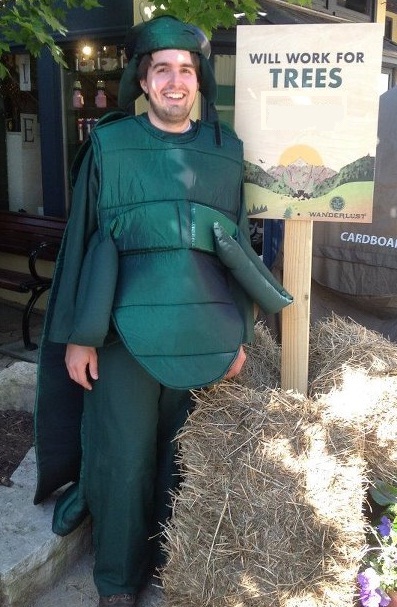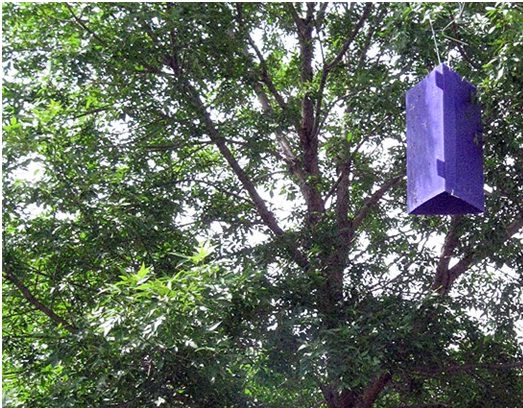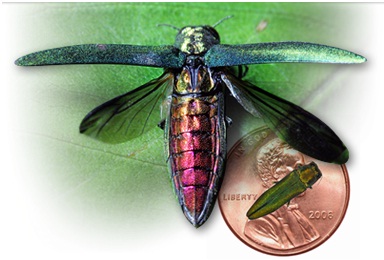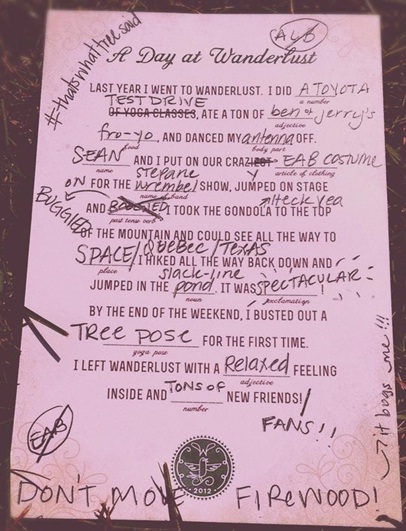This just in! A press release from the Ohio Department of Agriculture has firmly pointed the finger at firewood movement in 2010 (before the ALB was discovered in OH, thus before the quarantine was in place) as the cause of a new location of ALB in the greater Ohio ALB infested area. Please note that the author of this press release is NOT Don't Move Firewood, it is the Ohio Department of Agriculture.
Ohio Department of Agriculture Announces New Discovery of Asian Longhorned Beetle in Clermont County
Firewood cited as source of new infestation
REYNOLDSBURG, OH (July 20, 2012) – The Ohio Department of Agriculture (ODA), in collaboration with
the United States’ Department of Agriculture’s Animal and Plant Health Inspection Service (APHIS) today
announced the discovery of the Asian Longhorned Beetle (ALB) on two properties in Stonelick Township
in Clermont County.
The center of the newly discovered infestation is on Possum Hollow Road within southern Stonelick
Township in Clermont County. State and federal officials cite the movement of firewood in 2010 from
Tate Township, prior to the current ALB quarantine zone being established, as the source of the new
discovery.
APHIS and ODA inspection crews are surveying the surrounding areas to determine the extent of the
ALB infestation. Crews will inspect host tree species susceptible to ALB for signs of the wood‐boring
beetle using ground surveyors and specially trained tree climbers. Once the extent of the infestation is
evaluated, ODA will move to expand the ALB quarantine to include additional properties near the new
infestation. When available, a map of the regulated properties will be posted at www.agri.ohio.gov.
In September 2011, firewood movement from Tate Township was cited as the source of an ALB
infestation on properties in Monroe Township in Clermont County.
“To prevent the spread of this destructive insect, it is crucial that firewood not be moved from areas
known to have ALB,” said Matt Beal, chief of the ODA Division of Plant Health. “As we learn more about
where potentially infested material has moved in recent years, it is important for property owners
familiarize themselves with the signs of an ALB infestation, monitor your trees and firewood, and as the
property owner did correctly in this instance, report any signs of infestation as soon as possible.”
Adult ALBs are large, shiny black insects measuring 1 to 1 ½ inches long, not including antennae, with
random white spots. Their white‐banded antennae can be as long as the body itself on females and
almost twice the body length on males.
Signs of infestation include perfectly round exit holes (about 3/8 to 1/2 inch in diameter) made by adult
beetles when they emerge from trees; the pockmarks on tree trunks and branches where female
beetles deposit eggs; frass (wood shavings and saw dust) produced by larvae feeding and tunneling;
early fall coloration of leaves or dead branches, and running sap produced by the tree at the egg laying
sites, or in response to larval tunneling.
To report signs or symptoms of ALB, please call the Ohio ALB Cooperative Eradication Program Office at
513‐381‐7180 or report online at www.BeetleBusters.info.
‐‐
Media Contacts: Brett Gates, Ohio Department of Agriculture, (614) 752‐9817
Rhonda Santos, USDA Animal and Plant Health Inspection Service, (508) 852‐8044








